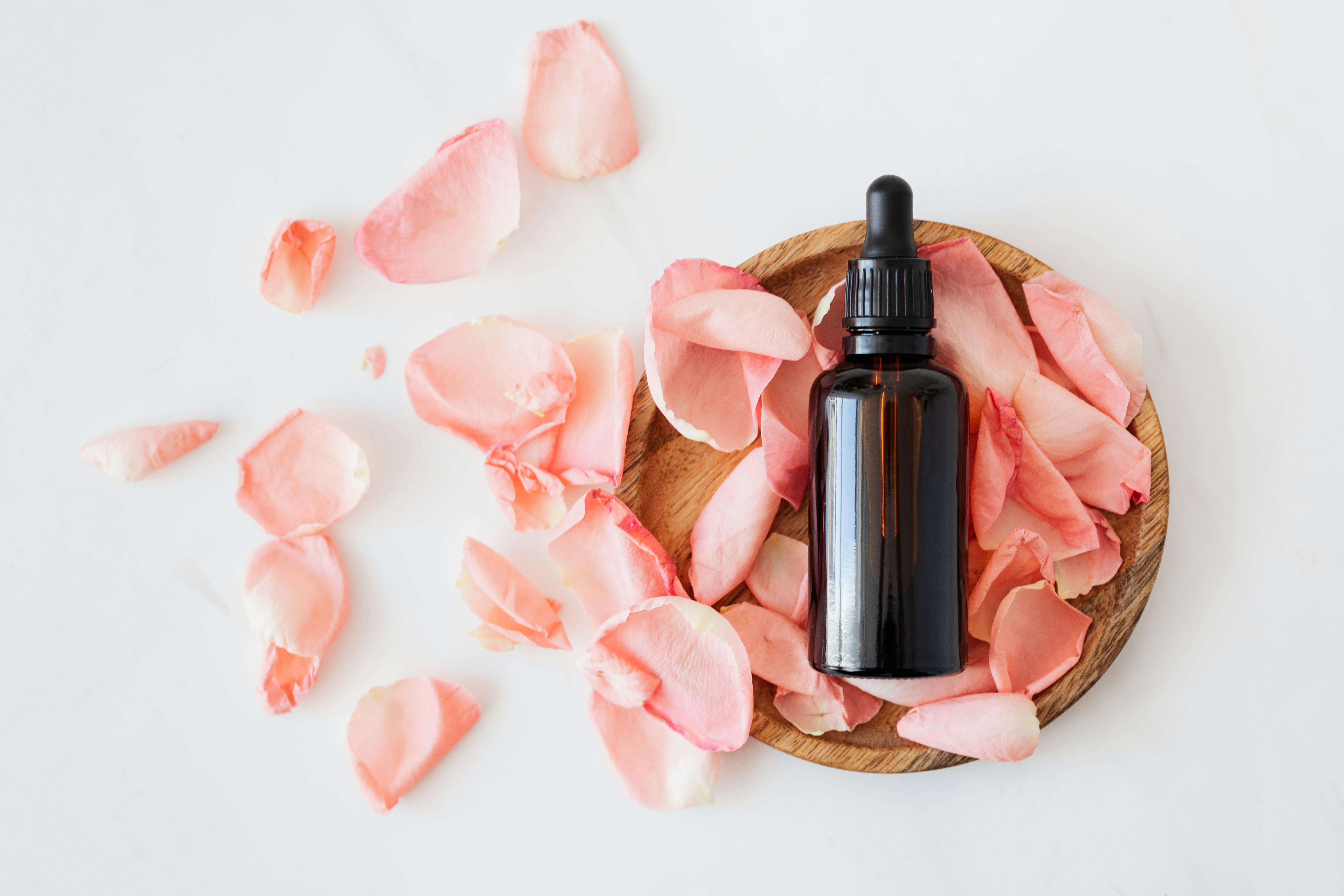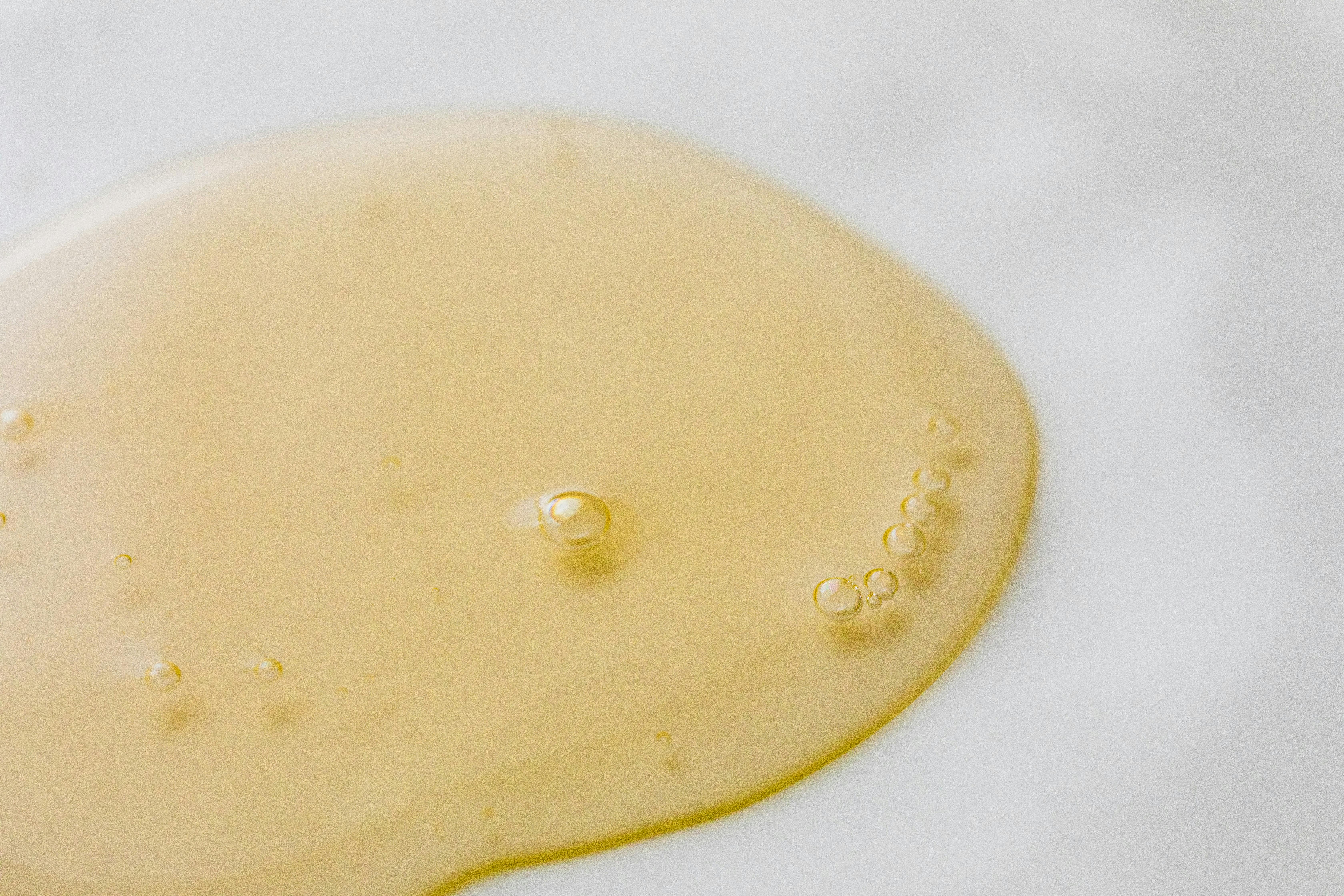Oil distillation is a process that involves extracting and separating hydrocarbons from a variety of petroleum-based products. It is a critical step in the production of many fuels, solvents, lubricants, and other products. The process involves heating crude oil or other petroleum-based materials to high temperatures, and then allowing the vapors to condense. This condensed vapor is then collected and refined into the desired product. Distillation can be used to create both light and heavy oils, depending on the type of feedstock used. In this article, we will explore how to distill oil in more detail.Distillation of oil is a process that separates oil components into different fractions based on their boiling points. This process takes advantage of the fact that different components of oil have different boiling points. In the distillation process, the heated oil is vaporized and then condensed back to liquid form, resulting in fractions with different boiling points. The fractions can then be used for various purposes, such as fuel, lubricants, or as a chemical feedstock for making products like plastics and detergents.
Types of Distillation
Distillation is a process used to separate components in a liquid mixture by boiling and condensing the vapor. It can be used to purify liquids, separate mixtures, and recover solvents. There are several types of distillation, each with its own advantages and disadvantages.
Fractional Distillation
Fractional distillation is the most common type of distillation used in industry. It is used to separate two or more liquids with different boiling points. Fractional distillation involves heating the mixture until it boils and then collecting the vaporized components as they condense at different temperatures. This allows for the separation of components that have similar boiling points.
Steam Distillation
Steam distillation is another type of distillation that uses steam to extract volatile compounds from a liquid mixture. In this process, steam is passed through the liquid mixture, which causes some of the components to vaporize and be collected as condensate. This method is often used to extract essential oils from plant materials.
Vacuum DistillationHow to Choose the Right Type of Distillation for Your Oil?
Choosing the right type of distillation for your oil can be a tricky task. There are several different types of distillation that can be used depending on the type of oil you are trying to produce and what kind of product you are looking for. The most common types are steam distillation, fractional distillation, and molecular distillation. Each one has its own set of advantages and disadvantages, so it is important to understand which type is best suited for your needs.
Steam distillation is one of the oldest and most common methods used in oil production. It works by boiling the oil until it turns into a vapor, which is then condensed back into a liquid form. This method is great for extracting essential oils from plant materials. It is also very cost-effective and produces high-quality products. However, it does not work well with certain types of oils such as those containing waxes or other components that need more time or higher temperatures to be extracted properly.
Fractional distillation is another popular method used in oil production. This process involves separating different components in an oil by boiling
Tools and Materials Needed to Distill Oil
Distilling oil requires specialized tools and materials. The most common tool used is a distillation apparatus, which is typically a glass container with a condenser, receiving flask, thermometer, and heating source. A separatory funnel can also be used for separating different fractions of the oil. Other necessary tools include a safety shield, rubber gloves, and safety glasses. Depending on the type of oil being distilled, additional tools such as glass funnels or Buchner filters may be needed.
In addition to tools, certain materials are also required for distilling oil. Sources of heat are necessary for vaporizing the oil into its components; these can range from laboratory burners to hotplates or boiling stones. Specially designed containers are necessary for collecting the various fractions of the oil; these can range from beakers to flasks or even graduated cylinders. Additional materials needed include laboratory grade solvents for washing the distillate and tubing for connecting components in the apparatus.
With these tools and materials in hand, it is possible to safely distill oil into its various fractions and obtain
How to Prepare the Oil for Distillation?
Preparing oil for distillation is an important process that must be done correctly to ensure a successful distillation. The goal of this preparation process is to remove impurities from the oil and make it ready for distillation. To do this, the oil must be heated and filtered to remove any solid particles or other contaminants. The oil should also be stirred or agitated during the heating process to help even out the temperature and ensure that no pockets of hot or cold oil remain. Once the oil has been heated and filtered, it should be allowed to cool before being transferred into a still for distillation.
The still should then be filled with the prepared oil, taking care to leave enough space in the still for steam to form. The still should then be sealed and allowed to heat up slowly over time until a steady temperature is reached. This will create pressure inside the still which will cause the oil, along with any impurities, to rise as steam. This steam will then travel through a condenser where it will cool down and turn back into liquid form, which can then be collected in a separate container. This liquid is

Setting Up the Apparatus for Distilling Oil
Distilling oil is a process used to separate liquids from solids, or two different liquids from each other. It is an important technique used in many industries including the production of fuel, pharmaceuticals, and food products. In order to distill oil successfully, a distillation apparatus must be correctly assembled and connected. The following steps explain how to properly set up an apparatus for distilling oil.
The first step is to gather all of the necessary components of the distillation apparatus. This includes a boiling flask, a condenser, an adapter, and all connecting tubes or hoses. Once all of the parts have been acquired, they should be carefully examined for any signs of damage or defects that could interfere with the distillation process.
Next, the parts of the distillation apparatus should be assembled according to manufacturer instructions. All joints should be securely tightened and checked for any leaks before proceeding further. After assembly is complete, it’s time to connect all components together using clamps and hoses. It’s important to ensure that all connections are secure
Safety Precautions During Distillation of Oil
Distillation of oil can be a hazardous process and it is important to take the necessary safety precautions in order to ensure the safety of those involved. The following safety measures should always be taken when distilling oil:
- Always wear protective equipment such as goggles, gloves, and a face-shield when handling hot oil.
- Be sure to keep the area well ventilated, as fumes from the oil can be hazardous to breathe in.
- Keep an eye out for any leaks or spills, and clean them up immediately.
- Never leave an open flame unattended, and make sure that all flammable materials are kept away from the distillation area.
- Ensure that all equipment is in good working order before beginning any distillation process.
In addition to these safety measures, it is also important to have an emergency plan in place should something go wrong during
Monitoring and Testing the Distillation Process
Monitoring and testing the progress of a distillation process is an essential part of ensuring that the process is operating at its peak efficiency. The main methods used to monitor and test the distillation process include sampling, laboratory analysis, and instrumentation. Sampling involves taking a sample of the material throughout the process in order to analyze it for specific properties. Laboratory analysis involves testing the sample for various characteristics such as composition, purity levels, boiling point, etc. Instrumentation techniques involve using instruments such as flow meters, thermometers, pressure gauges, etc., to measure parameters such as temperature, pressure, flow rate, etc., during the distillation process.
The other important aspect of monitoring and testing a distillation process is to monitor for any problems or potential problems that may arise during the operation of the system. This includes checking for leaks in vacuum systems or steam systems, monitoring for corrosion or fouling of equipment components due to reaction with materials in the system, and checking for any changes in performance due to changes in operating conditions.
It is also important to monitor and test the efficiency of a distillation system over its entire

Conclusion
Distilling oil is a complex process that requires close attention to detail and safety protocols. It involves a variety of steps, including boiling the oil, cooling it off, condensing it into liquid form, and collecting the final product. If done correctly, distillation can produce high-quality oil for various applications. However, great care must be taken during the process to avoid contamination or injury. It is important to understand all of the necessary steps in distillation before attempting this procedure. With the necessary knowledge and safety protocols in place, distilling oil can be an effective and rewarding process.
Ultimately, distilling oil is a complex process that requires caution and precision. Although it may seem overwhelming at first, with careful research and practice it can be accomplished successfully. With patience and attention to detail, distilling oil can produce high-quality products for many purposes.

